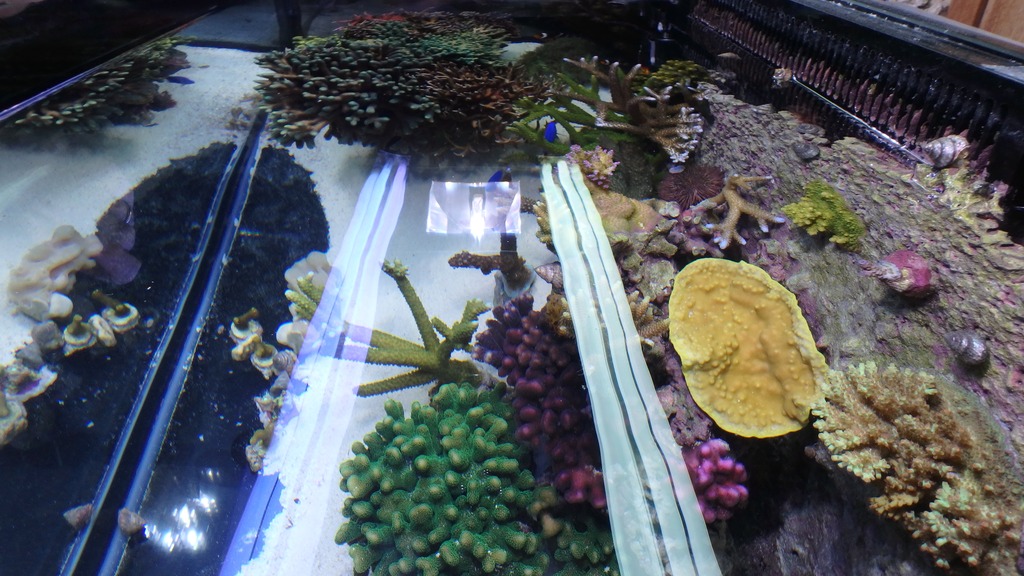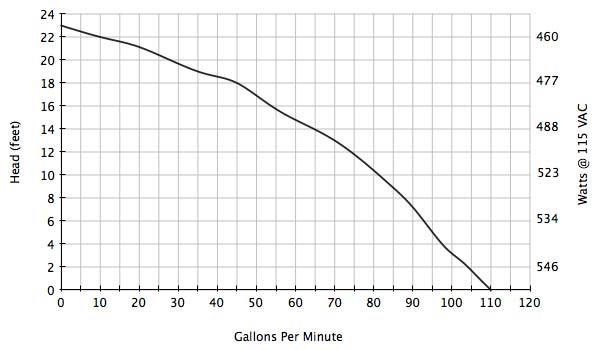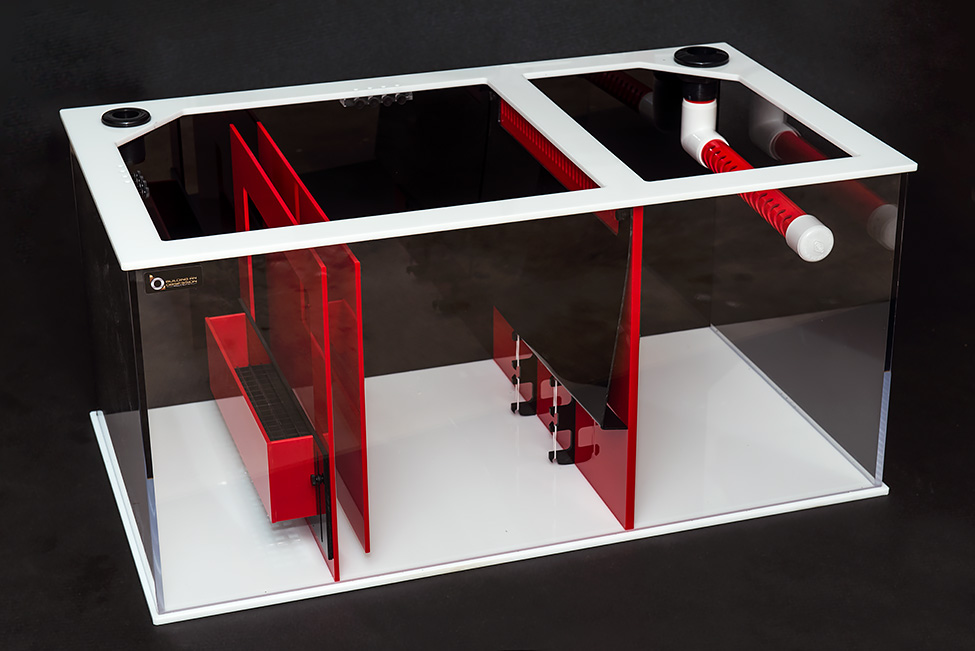Hey everyone,
lets take into consideration, that if the flow through the sump is slow enough to allow the skimmer to clean all the water that goes through the sump, then the water that is left in the display has more time to get filthy before it goes through the sump. If the flow is much faster than what the skimmer can filter...some water will be unskimmed but because the flow through the sump is faster, the particles that one wants to remove has a possibility to cycle through the sump again and get skimmed out. Thereby one situation cannot win over the other bacause the skimmer has a fixed potential. Now with flow through a refugium with macro algae it may be best to run a quicker flow through, for the simple fact that the more exposure of substances around the parts of the algae that absorb the molecules one wants to remove from the water, the faster the algae will grow. Algae grows thus increasing its potential to remove nutrients. Faster exposure, faster growth, faster absorbtion.
lets take into consideration, that if the flow through the sump is slow enough to allow the skimmer to clean all the water that goes through the sump, then the water that is left in the display has more time to get filthy before it goes through the sump. If the flow is much faster than what the skimmer can filter...some water will be unskimmed but because the flow through the sump is faster, the particles that one wants to remove has a possibility to cycle through the sump again and get skimmed out. Thereby one situation cannot win over the other bacause the skimmer has a fixed potential. Now with flow through a refugium with macro algae it may be best to run a quicker flow through, for the simple fact that the more exposure of substances around the parts of the algae that absorb the molecules one wants to remove from the water, the faster the algae will grow. Algae grows thus increasing its potential to remove nutrients. Faster exposure, faster growth, faster absorbtion.
Last edited:












